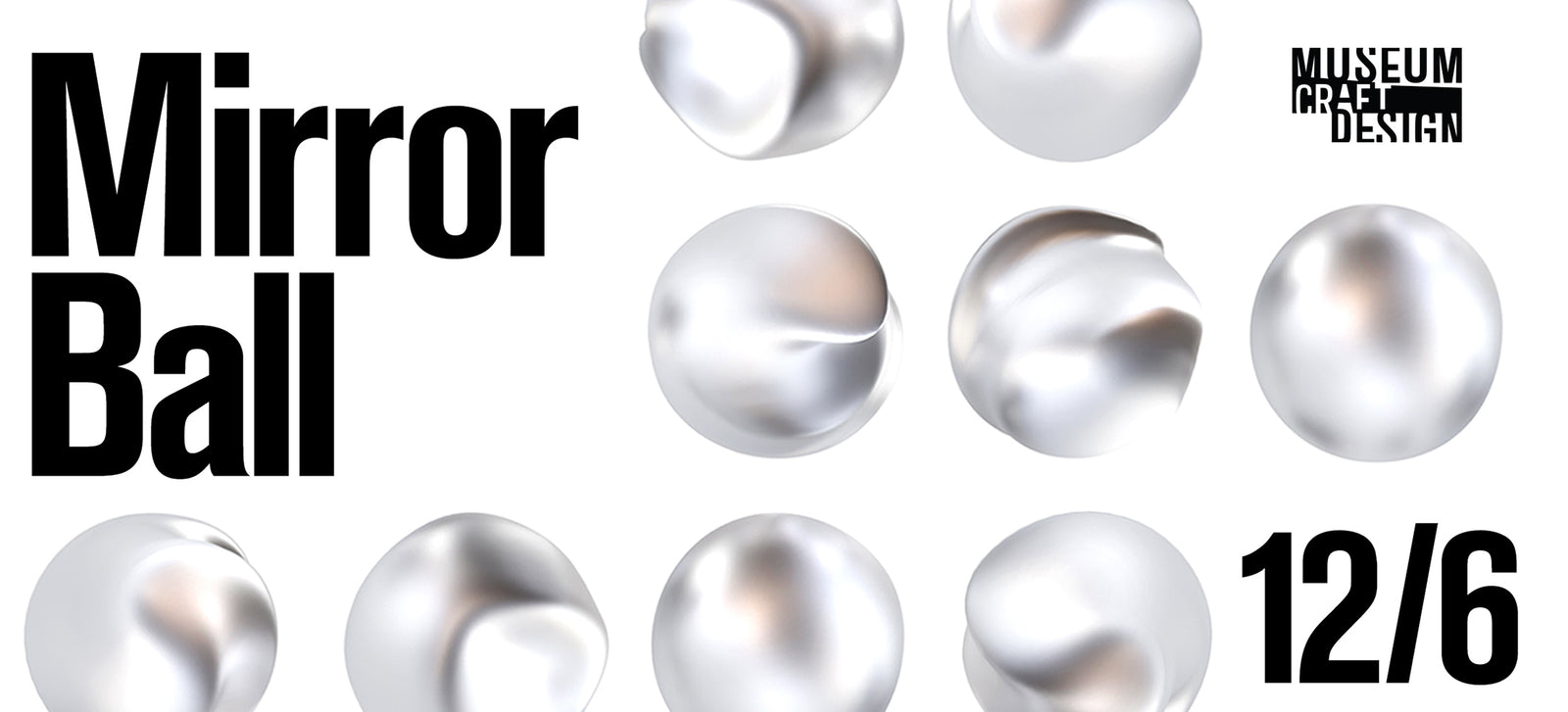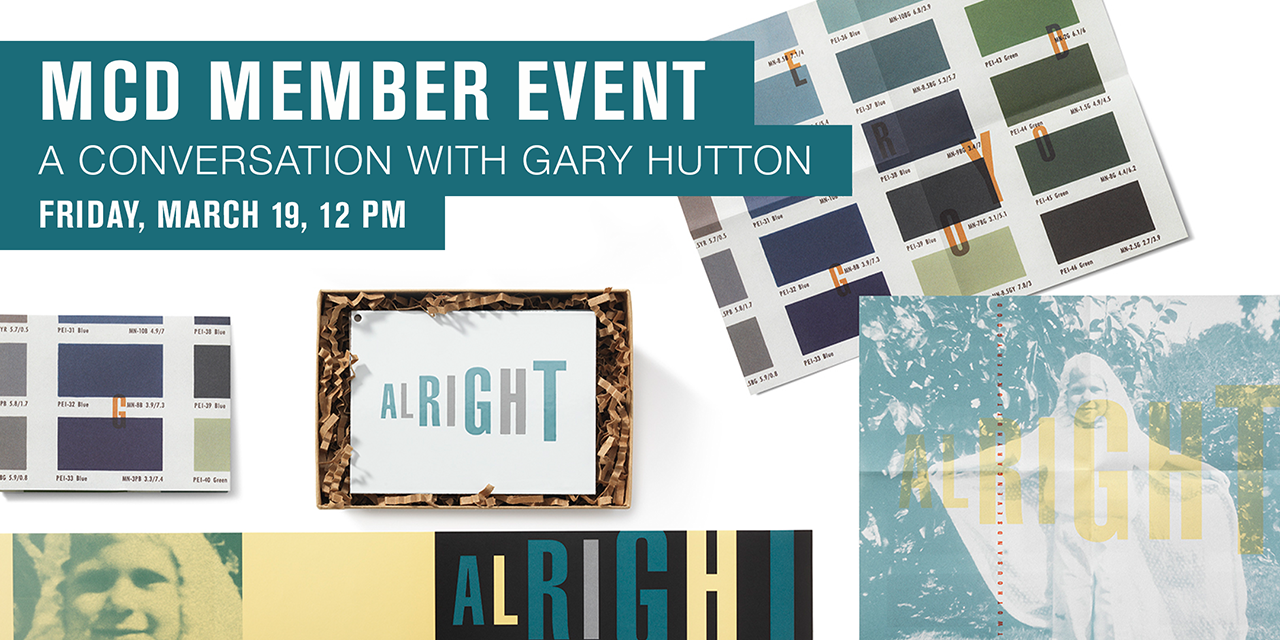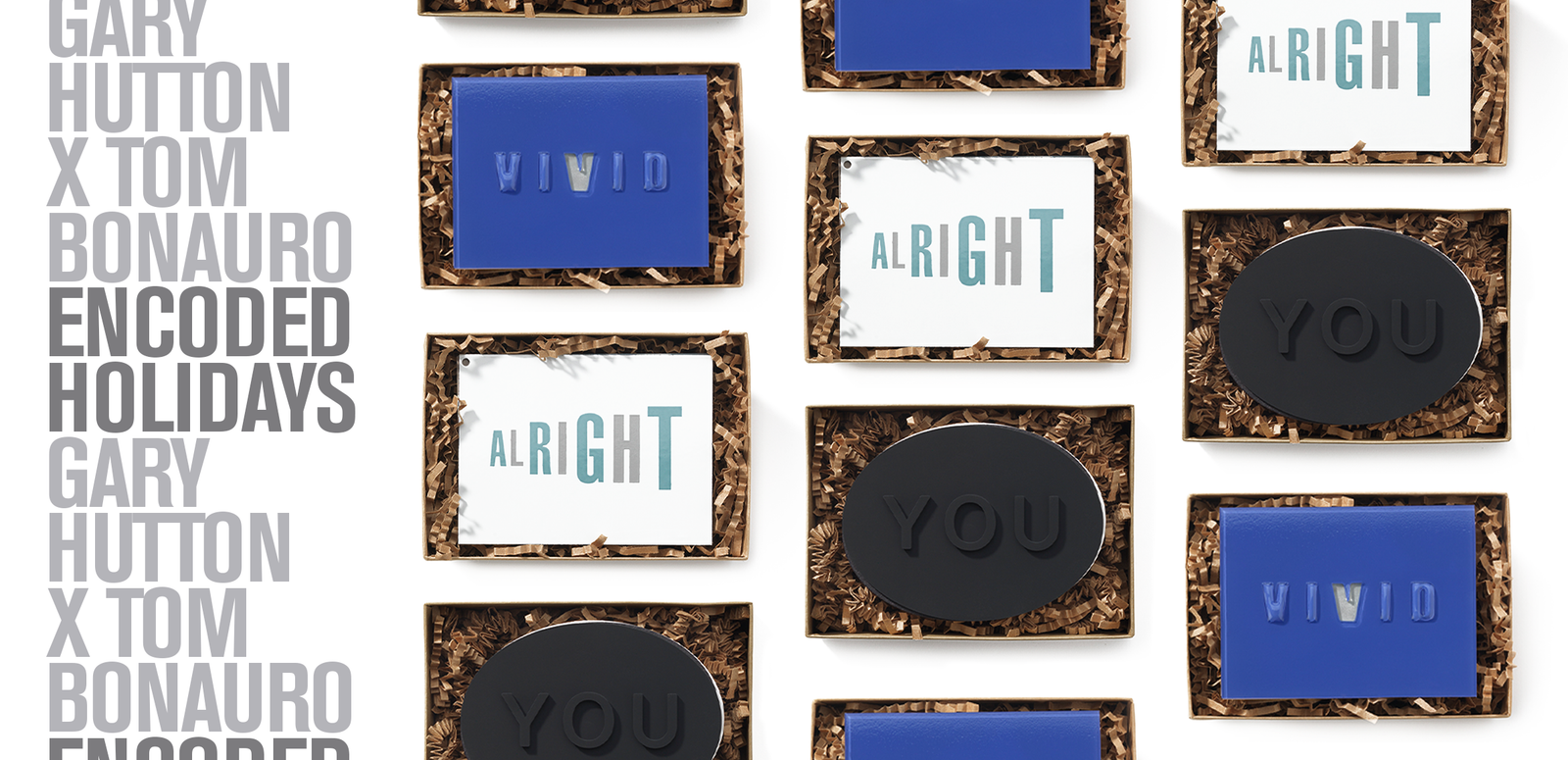interiors
extracurricular

BALLS—Gary Hutton + the San Francisco Museum of Craft & Design
5 min read
The MCD's upcoming event—"San Francisco Museum of Craft and Design Honors Gary Hutton at the Art for All Mirror Ball"—deserves some background. What is the connection? Why now? The origin story is lost to time, but through the community MCD creates, JoAnn and Ken Edwards, the MCD and Gary Hutton organically became long-term colleagues and friends. In Gary's words, "You have to admire the MCD's mix of local relevance with international movements together with their unwavering support of fearless curators". He also says, "The MCD is a place I could make a difference in a city that I love".
Connection to Craft
Gary Hutton has always made things. His subversively beautiful modern work, engagement with process and 40-year career live at the intersection of interior design, high craft and fine art. Gary is known for the clarity of his interior designs, but his first love was sculpture. In the early 70s, he studied fine arts and studio practice at UC Davis with masters of the Bay Area Figurative Movement like Wayne Thiebaud, Robert Arneson and Manuel Neri. Their lust for materiality and craft became central to Gary's work, most visibly in his furniture and personal collections. Subsequently, Gary earned a degree in interior design from California College of the Arts, which is another bastion of making and craft.
Small Moments. Big Impact.
The MCD works both big and small. For example, the MCD's current show, Bull.Miletic: Proxistant Vision engages surveillance, satellites, drones and robots...but also magic. The MOTO MMXX show was a singular effort to highlight the design and craft of custom motorcycles from around the globe. Ambitious, local organizations like the MCD give themselves permission to take urgent, calculated risks. Prioritizing community rather than donors is risky. It is also impactful, creative and reaches for greatness.
Concurrently, the MCD's centrality to creative and at-risk communities is widely understood inside those communities, but acknowledged infrequently outside of San Francisco. The MCD's Mobile MakeArt Tenderloin SPark is a touching and impactful program which brings a van packed with art supplies to kids in San Francisco's Tenderloin parks. This program creates the circumstances where kids with challenging lives can have a moment of creative magic. Collectively, the MCD casts a wide, handwoven net of community services, quality programming and singular exhibitions that punch above their weight.
The MCD gave an early show to, now, MacArthur Fellow Joyce J. Scott and many others like her. Contemporary reevaluation of art by women, BIPOC and other overlooked fine artists would be impossible without consistent, high-quality shows from places like the MCD. Supporting charismatic work and a consistent embrace of the new are challenging stances that the MCD holds with grace and determination. If you think about legacy. If you believe that art has important societal functions in preparing us for the future, then local institutions like this one are wells of discernment and rivers of rebellion. They are gateways to innovation and barriers to the requirements of high expectations. The MCD moves culture forwards.
Local invents global. Small moments can go big. Landmark work reconsidered in academic shows like the Getty's "Pacific Standard Time" would have vanished if not originally highlighted and documented by pioneers like the Edwards and MCD. They deserve our appreciation, respect and support. The MCD's fearless embrace of quality and newness are the beating heart of San Francisco's creative community.
Tribes
A core of fellow travelers help the MCD when asked. Gary is one. Ted Cohen was another. There are some people you meet who shock you into new possibilities. Ted Cohen was one of those people. He was also the MCD's exhibition-design-talent-pool and, perhaps the MCD's longest-term supporter. A small-world aside is that Ted designed exhibitions at the Oakland Museum for the Bay Area's art greats at the same time Gary studied with them at Davis.
Ted and Gary's first meeting was fraught. Gary designed a home for Dorothy and George Saxe, whose collection of contemporary craft is now at the de Young Museum. The Saxes asked Ted to set their collection in the finished design scheme. Nose out-of-joint, Gary assumed that he, as the decorator, would do that task. However, the distinctiveness of Ted's work was visible, which led to a happy outcome for the collectors and a meaningful friendship with Gary.
In 2020, author Signe Mayfield wrote a book on Ted, The Object in Its Place—Ted Cohen and the Art of Exhibition Design. In another example of how creative tribes support each other, Gary was asked to contribute an interview. These days Gary gives Ted his highest praise: "Ted Cohen was my hero. He didn't have an e-mail address and only wore COMME des GARÇONS."
Creativity Finds a Way
In a previous iteration, the MCD was in a ground floor location on Sutter Street in downtown San Francisco. The MCD mounted a complex, innovative textile show of three breakthrough artists. Right before the show opened, the neglected 3rd-floor literally caved-in on the MCD. The building was red-tagged and the show lost. Years of records and exhibition documentation, also lost. JoAnn Edwards called Gary to help. Together they found the new 3rd Street location and implemented now-common building features like genderless restrooms and shared sinks. The MCD's can-do spirit, their shows, this party...are examples of how creative tribes find joyful paths.
On the Inside
From time to time, the MCD asks Gary to help design things inside the museum's walls. These include events like the Art for All Mirror Ball. In the fall of 2021 the MCD honored Gary's long-term collaboration with Tom Bonauro—Encoded Holidays: Gary Hutton x Tom Bonauro. Gary's studio designed the exhibition.
For 30 years Gary and Tom collaborated on holiday cards sent to a glittering list of clients, friends, and fans of Hutton’s interior design practice. These yearly projects, which the designers refer to as “sculptures-in-a-box”, are best understood as ongoing conceptual art practice. The work engages with, but is not bounded by traditional notions of craft, design, or holiday greetings.
The exhibition lifted the veil on their yearly projects as both time capsules of events in the public square and abstracted snapshots of Hutton’s recent history. Intended to stun, the work distilled Hutton’s personal biography, the Bay Area’s progressive political mood and California’s awesome physical beauty. Embedded with mystery and wintery feeling, the effect was a demanding visual language that conjured better days for the coming year.
Gary Hutton, his studio, collaborators and friends all regard the San Francisco Museum of Craft and Design as essential. We're grateful the MCD thinks we are, too.



